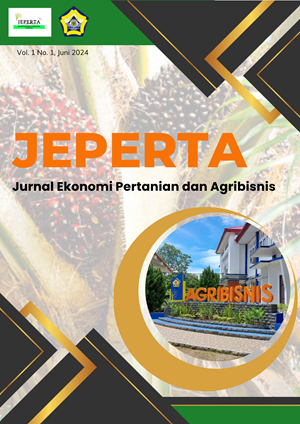Strategi Pengembangan Budidaya Ikan Nila pada Kolam Air Deras di Kabupaten Bengkulu Selatan
Abstract
This research aims to identify and analyze internal and external factors and to determine the development strategy of tilapia aquaculture in heavy water systems in South Bengkulu District, Bengkulu Province. The research sampling was conducted purposively with the snowball sampling method. Purposive sampling was used to identify 32 respondents such as 28 tilapia aquaculture farmers, 2 government officials, and 2 respondents from academic backgrounds. The snowball sampling respondents were 6, 6 consumers, 2 traders, and 2 feed merchants. The data were obtained from interviews and literature. The analytical method used in this research was the SWOT analysis matrix and QSPM. The result shows that internal factors such as land, experience, fish seed, fish quality, labor, farmers' relationship, farmer’s group, the partnership between farmers and input merchants, good relations with the bank, optimal farming, and capital were identified as the strengths. Meanwhile, the weaknesses were feed technology and water discharge. The opportunities were fish price, demand, feed, irrigation system, government programs, people's awareness about fish nutrition, market, counseling, and farm handling. The threats were climate change, feed prices, and competitors from other regions. Furthermore, the result also states that the priority strategies (the strategy with the highest STAS value that is equal to 6.416) that can be applied in developing tilapia aquaculture in the heavy water system in South Bengkulu were maintaining and improving the quality of tilapia to retain customers and open up new markets.

